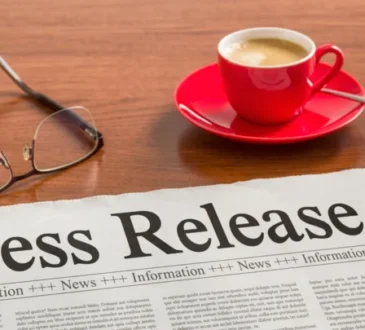

Real-world asset (RWA) platforms that offer regulated securities keep launching with the same playbook. They build for one jurisdiction, secure regulatory approval, and announce institutional partnerships, only to hit a wall when they need licensing to offer those assets across borders. The SEC, MiFID II and Singapore’s MAS all impose different rules on who can legally purchase securities, which means platforms need jurisdiction-specific approvals and must navigate conflicting investor eligibility rules for each new market.
Recent projections by Standard Chartered suggest that the tokenized asset market could grow to $30 trillion by 2034. With BlackRock’s launch of tokenized fund BUIDL and Coinbase’s acquisition of crypto fundraising platform Echo, the institutional interest just keeps rising. But talk to anyone trying to put capital into tokenized assets at scale, and you’ll hear the same complaint: compliance has become a fragmentation nightmare.
Every platform hits the same Wall at the border
It’s not that institutions don’t want in. They do. The efficiency gains are obvious: fractional ownership, instant settlement and global liquidity pools. The problem is that every jurisdiction wants something different, and nobody’s built infrastructure that handles all of those differences without duct tape and manual workarounds.
Launch a tokenized bond meant to work across multiple markets, and you’re navigating regulatory frameworks that fundamentally contradict each other. The SEC demands specific investor disclosures and accreditation checks. MiFID II requires different transparency standards. Being compliant means something entirely different depending on where your investors are located.
Most platforms respond by staying in one jurisdiction. That’s fine for pilots and small-scale tests, but fails once you need institutional capital distributed across global markets. Those that attempt international expansion end up layering custom compliance systems for each region, often rebuilding core infrastructure every time.
That approach caps your addressable market before you start. It explains why the technology keeps advancing while institutional adoption stalls. BlackRock can tokenize funds across seven blockchains, but if each blockchain operates in regulatory isolation, you haven’t solved the problem; you’ve just multiplied it.
Compliance should work like payment processing already does
The next generation of RWA platforms won’t eliminate regulatory complexity, because that’s unrealistic given how different jurisdictions operate. What they can do is abstract it so the complexity becomes invisible to the end user. Think of it like payment processing. Stripe doesn’t ask merchants to build separate integrations for Visa, Mastercard, American Express and every regional payment method. You plug into Stripe once, and it handles all the backend complexity of routing transactions through different networks, applying the right fraud checks and managing compliance requirements across payment types. The merchant gets a single API, but customers can pay however they choose.
Modular compliance tokenized assets should work the same way. You build your platform once with compliance layers that plug into a unified technology stack. When you tokenize an asset, the system automatically enforces jurisdiction-specific rules based on each investor’s location. It all happens programmatically, without anyone manually coordinating fifteen different regulatory regimes.
The technology to do this already exists. Smart contracts can encode transfer restrictions by jurisdiction. Automated AML systems flag suspicious activity in real time. Reusable digital identity solutions handle cross-border KYC without forcing investors to resubmit documents for every platform they touch. What’s been missing is someone building these capabilities into a unified system that institutions trust and regulators can audit.
Real-time audit trails are the only path to institutional scale
Institutional investors don’t just want compliance in the abstract sense. They want concrete proof that they can show to regulators on demand. That means real-time reports that update automatically, immutable transaction records that can’t be altered after the fact, and the ability to demonstrate—at any time to any regulator—that every single trade followed all applicable rules from day one.
Every question of who owned which asset, when and under what legal framework should have a clear, auditable answer. The platforms that win institutional adoption will be the ones where compliance isn’t something you retrofit onto an existing system but is something that’s native to how the platform operates from its core architecture.
Every transaction should generate a proper audit trail automatically, every token transfer should validate all regulatory requirements before execution and every corporate action should get logged in ways that satisfy both blockchain transparency standards and traditional financial oversight requirements.
If the first generation of RWA platforms proved that tokenization can work, the next must prove that it can scale. That won’t happen through more pilots or technical proofs of concept. It will require infrastructure designed for a fragmented regulatory world from day one. The future of tokenized finance won’t belong to whoever builds the flashiest blockchain integrations, but to whoever builds compliance that travels. Until platforms can offer global reach with local precision, the trillion-dollar opportunity in tokenized assets will remain trapped behind national borders.




